Abstracts - York St John University
Abstracts - York St John University
Abstracts - York St John University
You also want an ePaper? Increase the reach of your titles
YUMPU automatically turns print PDFs into web optimized ePapers that Google loves.
the physical world as a result of their loss of permanent and tangible links with their<br />
environment. They inhabit both physical non-‐places (Auge, 1995:70-‐98), which are<br />
surrendered to the temporary and ephemeral, and also telecommunicative virtual spaces<br />
(Villi, 2011: 126-‐8), which remain as a constant due to their ubiquity and immediacy. Their<br />
proliferation responds to the need of nomadic world-‐citizens of communicating in time<br />
rather than over time.<br />
The steady betterment of technological conditions has greatly contributed to the rise of<br />
visual communication in these telecommunicative virtual spaces: camera-‐phones,<br />
webcams, point-‐and-‐shoot cameras. Photography becomes interpersonal and intimate<br />
(Villi, 2011: 79) because it is being used as medium of communication (Villi, 2011:60)<br />
rather than as medium of representation. We have moved from talking about photographs<br />
to talking through photographs.<br />
Transnational, nomadic world families use photography to share certain spaces devoted to<br />
intimate engagement. At the same time, their spaces of familial intimacy are reconfigured<br />
through the digital photographic practice. An open and constant negotiation of intimate<br />
spaces takes place. It will be argued, that as a consequence of the digitization process,<br />
patterns of image production and consumption have fundamentally changed. This situation<br />
has highlighted the role of the digital photographic practice towards a construction of<br />
mobile familial homes that overcome physical dispersion of family members.<br />
Patricia Prieto Blanco is a videoartist, photographer and PhD media-‐researcher based at<br />
the Huston School of Film and Digital Media (NUI Galway). She investigates contemporary<br />
image uses from the interplay between theory and praxis, using photography and videoart<br />
as part of her investigations. Specifically, she is interested in how the digital photographic<br />
practice re-‐configurates spaces of home, how it enables to overcome distance, and how<br />
photography is used today to communicate rather than to represent. Her theoretical work<br />
has been published in the UK and in Germany, while her practice-‐based research has<br />
recently traveled to Kobe, Bradford and Bucharest.<br />
The Urban Emotional Antenna: ‘Tuning’ metaphors and actions of the walking<br />
artist/flaneur<br />
Bill Psarras (Goldsmiths <strong>University</strong> of London)<br />
This paper explores the concept of walking as an aesthetic and embodied media art<br />
practice in the 21 st century city. It draws connections between metaphors and actions;<br />
between the real and the virtual; between the inside and the outside; between the personal<br />
and collective emotion. It focuses on the contemporary walking artist of the city and the<br />
interconnections with the concepts of flaneur and psychogeography by presenting<br />
interrelations between such concepts and current media art practices. Having them as<br />
starting points, this paper aims to explore a sensorial dialogue between metaphors and<br />
actions of walking and perceiving the city [spaces of movement] in search of emotions, by<br />
emphasizing the notion of in-‐betweeness as potential catalyst for this dialogue.<br />
It has been argued that metaphors constitute strategies that people try to understand a<br />
world ‘where what is known and unknown is constantly changing’ (Larsen, 2004:30). The<br />
ongoing spatial transitions and social stimuli set the contemporary city as a core metaphor<br />
to approach personal and collective emotional changes. Such richness in stimuli, situations<br />
and data forms a significant palette for the artist to engage with and experience the urban<br />
fabric. Throughout the 20 th century, a trajectory of artists and cultural theorists understood<br />
6



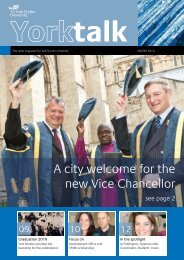

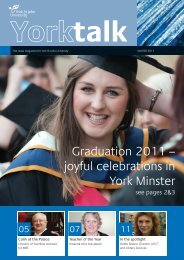


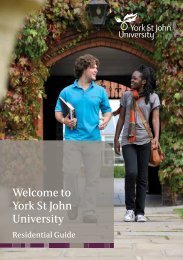

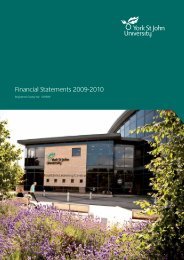


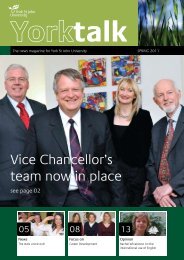

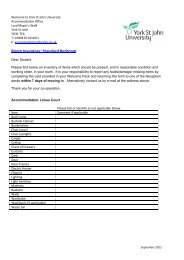
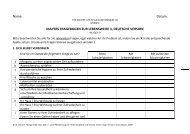
![â'Those [women] who feel strong and hope to find employment, a ...](https://img.yumpu.com/53506972/1/184x260/athose-women-who-feel-strong-and-hope-to-find-employment-a-.jpg?quality=85)